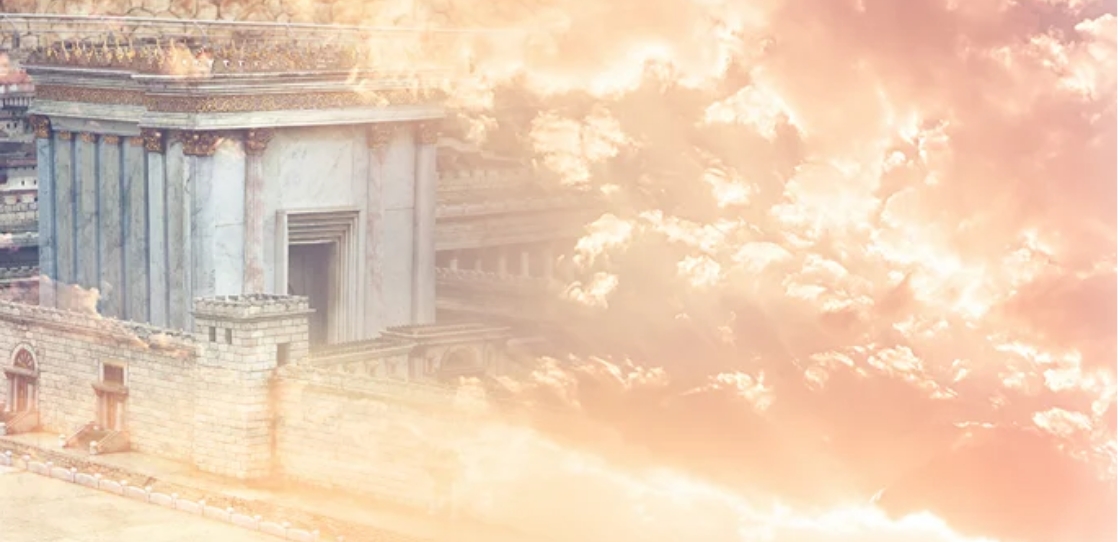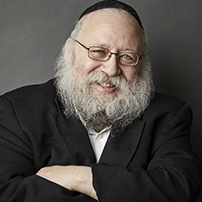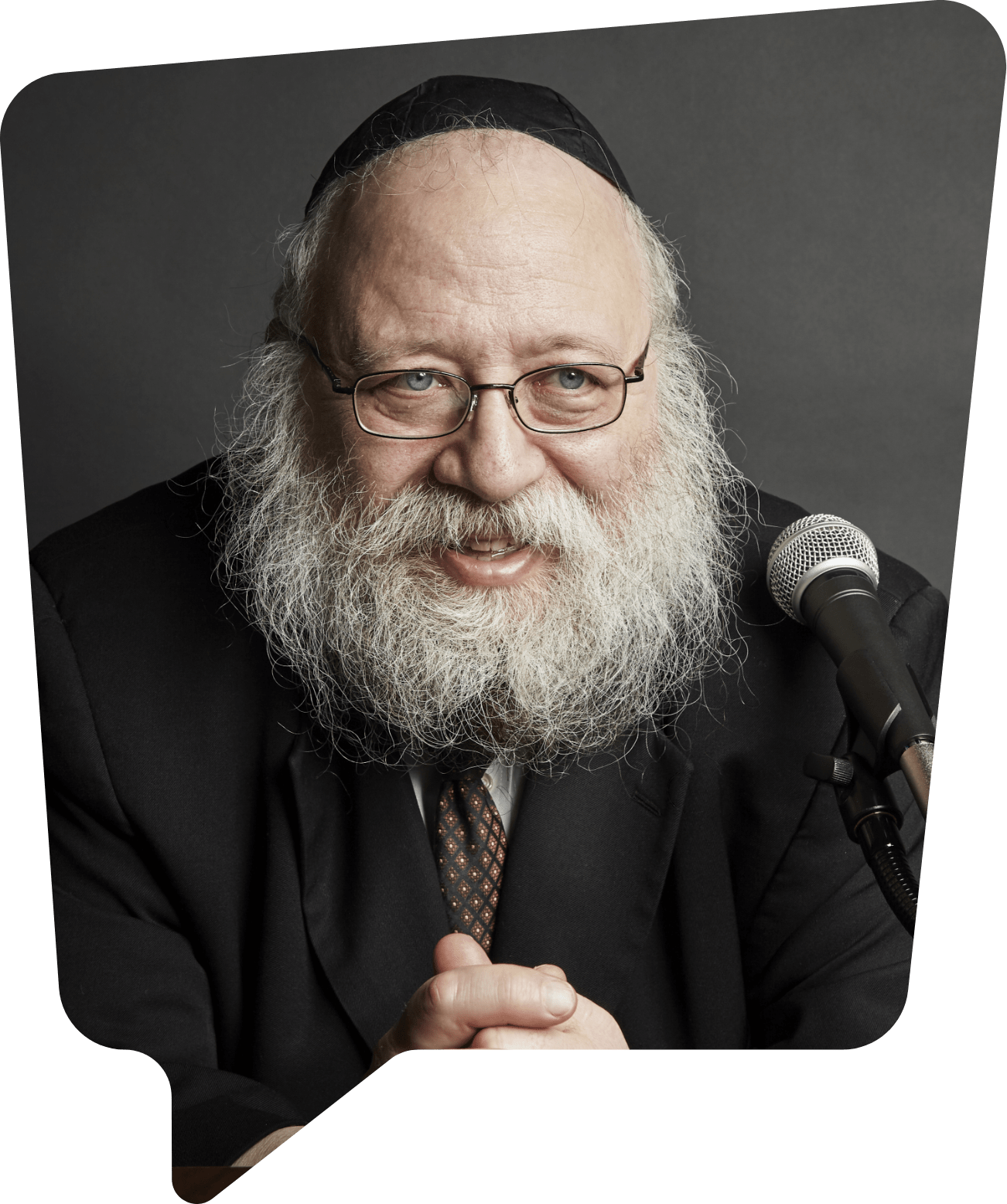
Judaism is a religion of paradoxes.
In truth, Judaism is not really a religion. It is a non-religious religion, or a religious-non religion.
Religion is compartmentalized; Judaism is all-pervasive.
If religion is defined as a set of restrictions and obligations for certain times, places and situations that are essentially irrelevant to the essence of one’s life, Judaism permeates every fact of life and every fiber of our being.
Judaism is a way of life that leaves no part of us out of it; yet, paradoxically, it is not restrictive. It is liberating and uplifting.
Judaism paradoxically believes in absolute Divine providence even as it believes in the human being’s absolute free choice.
Judaism is intellectual even as is anti-intellectual.
Judaism is optimistic and pragmatic.
Judaism fuses prophecy with down-to-earth reality.
Judaism is a disorganized organized religion. It transcends order even as it is demands discipline.
Judaism is simultaneously an-all-of-the-above and none-of-the-above entry in a multiple choice question.
So if Judaism is a religion of paradoxes here is one more paradox:
Judaism has never changed and will never change, yet Judaism changes every day.
Another way of putting it: Judaism is a uniform religion that all Jews share equally, while Judaism is the most subjective and individualized religion.
When a Jewish woman lights her candles before Shabbat she senses a feeling of unity with all the millions of Jewish women who light candles before Shabbat now and who have ever lit Shabbat candles over the past several millennia. Yet, no two women say it with the same feeling. The heartfelt requests a woman makes to G-d while her face is covered is uniquely an expression of the deepest feelings of each individual woman.
When a man dons his Tefillin—it is the same Tefillin as Moses wore. It is the same Tefillin that Jews risked their lives to wear in the death camps of the Holocaust. Yet, no two men wearing Tefillin have the same feeling. One Jew thinks about how he connects with his G-d, another how he connects with his father and grandfather, and a third who does it as a way of connecting to his fellow Jew.
Jews are divided into as many cultural groups as there are cultural groups. Yet there is a uniformity that pervades Sephardim and Ashkenazim, Chassidim and Lithuanians, Polish, Galician and Hungarian Jews, Yemenite and Persian, American and African. Even those who are less observant and who are identified by various labels attesting to their heterodoxy are no less Jewish than Moses the greatest Jew that ever lived.
To be sure, Judaism has standards and allows us to be judgmental when it comes to behavior. Yet, the same Judaism, paradoxically, does not allow us to be judgmental of people. Who knows what treasures of faith, goodness and holiness lie beneath the surface of each and every one of us?
We all possess a common G-dly soul even as it manifests itself in an infinite array of sights, sounds and colors. And while the individual note of one Jew may be off beat and out of tune it belies the beautiful symphony that lies beneath the surface and is trying to express itself but is prevented from doing just that because of the external distractions and impediments. The more spiritual astute will immediately detect that misguided note, and even as they try to educate the Jew to correct the errant note they will see through it to its true source of exquisite beauty. They will realize that soul of the Jew who sins is really trying to do a Mitzvah, but the message gets garbled as it tries to squeeze through the obstructive coarseness of the physical body and the layers of misinformation and improper education they received.
This explains the saying of our Sages that a communal prayer that lacks the prayer of the sinners of Israel is not a complete prayer. For even that individual’s prayer is an expression of an inner note that is perfect and whole. It just needs the closeness of the communal service to rectify it and reveal its true beauty.
Chassidic literature teaches us that the uniformity and constancy we find in Creation expresses the unity of G-d, while the multifarious nature of G-d’s creations is testimony to G-d’s infinity, as we say in our prayers: “How manifold are Your creations o G-d.”
Judaism paradoxically combines these two features of constancy and change. The only thing that is constant in Judaism is that it is forever new, and with all the constant changes of Judaism it always remains the same.
The fusion of constancy and change that characterizes Judaism expresses an even more sublime aspect of G-d—that He transcends even the infinite.


